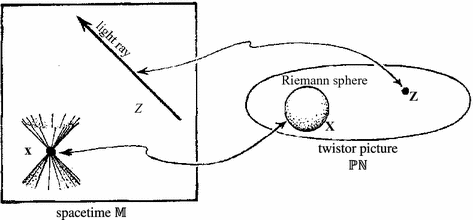The LHC web-site contains a wealth of up-to-date information about how things are going there as they are commissioning the machine. In particular, one can follow the latest news about how things are going in each sector here, which may or may not give a more accurate picture of the situation than various rumors.
Today an updated commissioning schedule appeared at the web-site. One can see how things are going by comparing to the previous version (from Aug. 3, still available right now here). Attempts to cool down certain sectors have taken longer than expected, and the new schedule has them cooled to operating temperature 2-3 months later than in the previous schedule. The “Machine Checkout” and “Beam Commissioning” periods have not been changed yet, but it’s not clear that the way they are currently listed still makes any sense (can you be commissioning the beam while still doing powering tests on the sectors??). It looks to me as if the present situation is that they are 2-3 months behind schedule now, and if all goes well, physics runs could start not next July as planned, but maybe in September at the earliest.
The CERN director general Robert Aymar issued a statement today that begins:
In an age of blogs there are seemingly no secrets…
and ends
All of this is business as usual when bringing a new particle accelerator on-line. There are inevitably hurdles to be overcome, but so far there have been no show stoppers. We can all look forward to the LHC producing its first physics in 2008.
I take the lack of any reference to the July 2008 date to mean that they acknowledge the schedule has slipped, but still think the slippage will only be a few months.
Update: I should also have mentioned this article, which explains how they are trying to deal with one of the most serious problems: using RF transmitters in ping-pong balls blown through the beam pipe to try and find broken copper fingers in the so-called “plug-in modules”.
Update: Physics World has a story about this that starts:
Robert Aymar, the director general of CERN, has dispelled rumours that a series of buckled electrical connectors at the Large Hadron Collider will delay the accelerator’s official start-up date of May 2008.
In a technical sense this may be accurate, in that evidently the “official” start-up date has not been changed since the previous schedule. But the new schedule shows that things are two to three months behind where they are supposed to be to make the May 2008 date, so it now seems unlikely that that will be the date when they have a beam, or that July will be when they start doing physics. In his statement Aymar only promised start-up in 2008, so I take this to mean that he was quashing rumors about a delay into 2009, not the ones about a 2-3 month delay.
Update: Nature’s Geoff Brumfiel has a new story about this. He quotes project leader Lyn Evans as saying the schedule is now quite tight
“The next three months are going to be pretty critical,” says Evans. “If something unforeseen comes up between now and then, it will slip. There’s no doubt.”
During this period one will be able to see exactly how they are doing. The cool-down schedule is here, periodic updates on how things are going in each sector are here, and the actual temperature of the magnets can be followed here.


